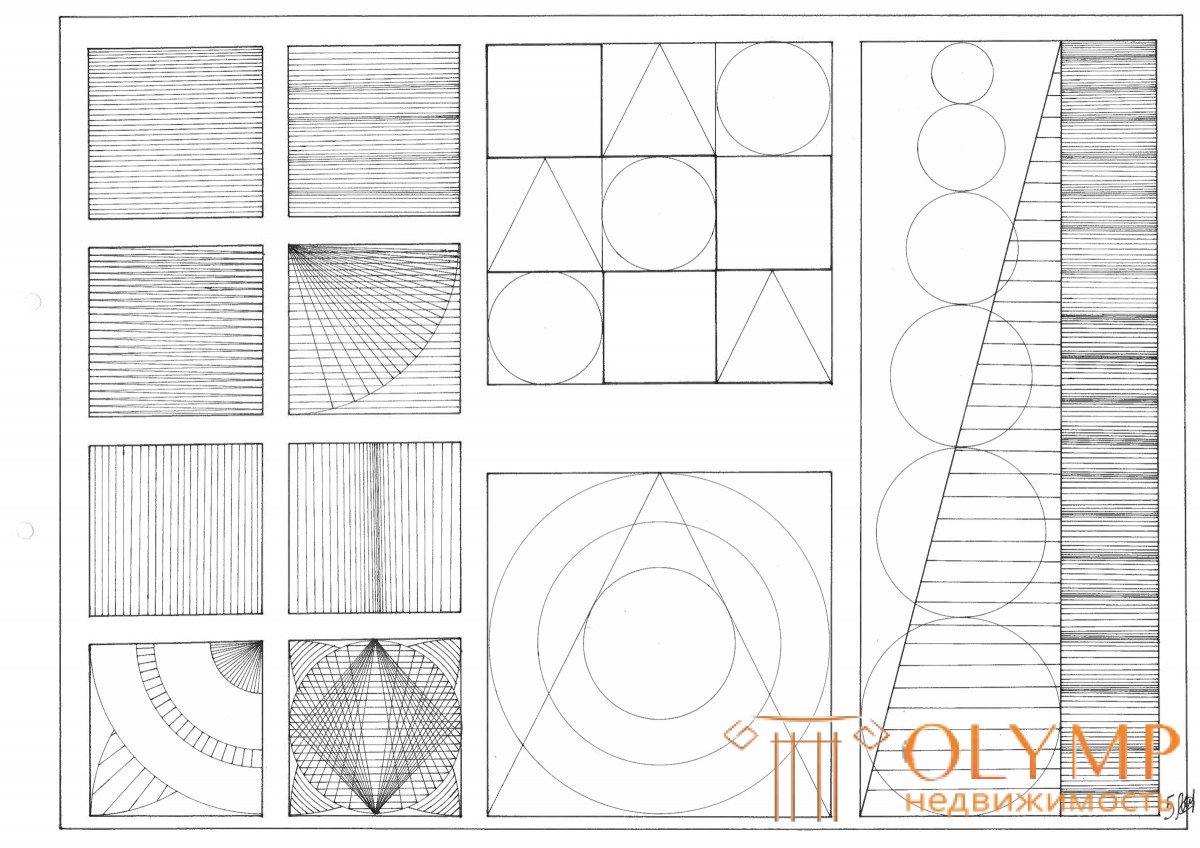
Line is the most common means of imaging. The value of the line as an iconic means is in the special nature of human vision. Any object of observation is perceived through the movement of the eyes, tracing the contour of the object (its outer line), the boundaries of the surfaces of the object (in the form of their linear outlines). The experience of human perception allows us to perceive the contour not as an independent line, but as a linear formation characterizing the structural qualities of the subject. The human consciousness perceives the contour as part of the design of any object, taking into account amendments to the perspective distortion of forms, the individual characteristics of the structural structure of the object, the conditions of its illumination and position in space. Linear (contour) perception of the subject conveys meaningful information about the size, mass, shape and angle of the object. The basis for the construction of "any" image, including tone and color, is also a line. Line - visual means the most common type of graphic technology - linear graphics.
Linear graphics - the main technique of drawing, sketch, drawing, diagram. The main means of its expressiveness is the contrast ratio of lines to the surface of the paper. The planar or spatial perception of the image, its static or dynamic nature is based on the contrast ratio of the surface of the image and the line of a certain thickness, tilt, curvature and length. Different texture of lines, depending on the material, tools and methods of execution, creates a different impression of the materiality of the depicted objective form.
The linear pictorial form of the expression of design ideas known since the days of ancient Egypt. The mastery of linear imaging using drawing tools became widespread from the beginning of the 15th century. Known drawings of buildings, ships, tools, made during this period by architects and engineers with the help of ruler, compass, and reisfeder. It is significant that these drawings are just as concise and informative as modern architectural and engineering documentation. The difference in style, character design drawing beginning of the XV century. and modern drawing, of course, there is, but the essence of their visual language is the same. The language of linear graphics is so stingy and conditional that to work in this technique, for its full perception, both before and now, a high professional culture is necessary.

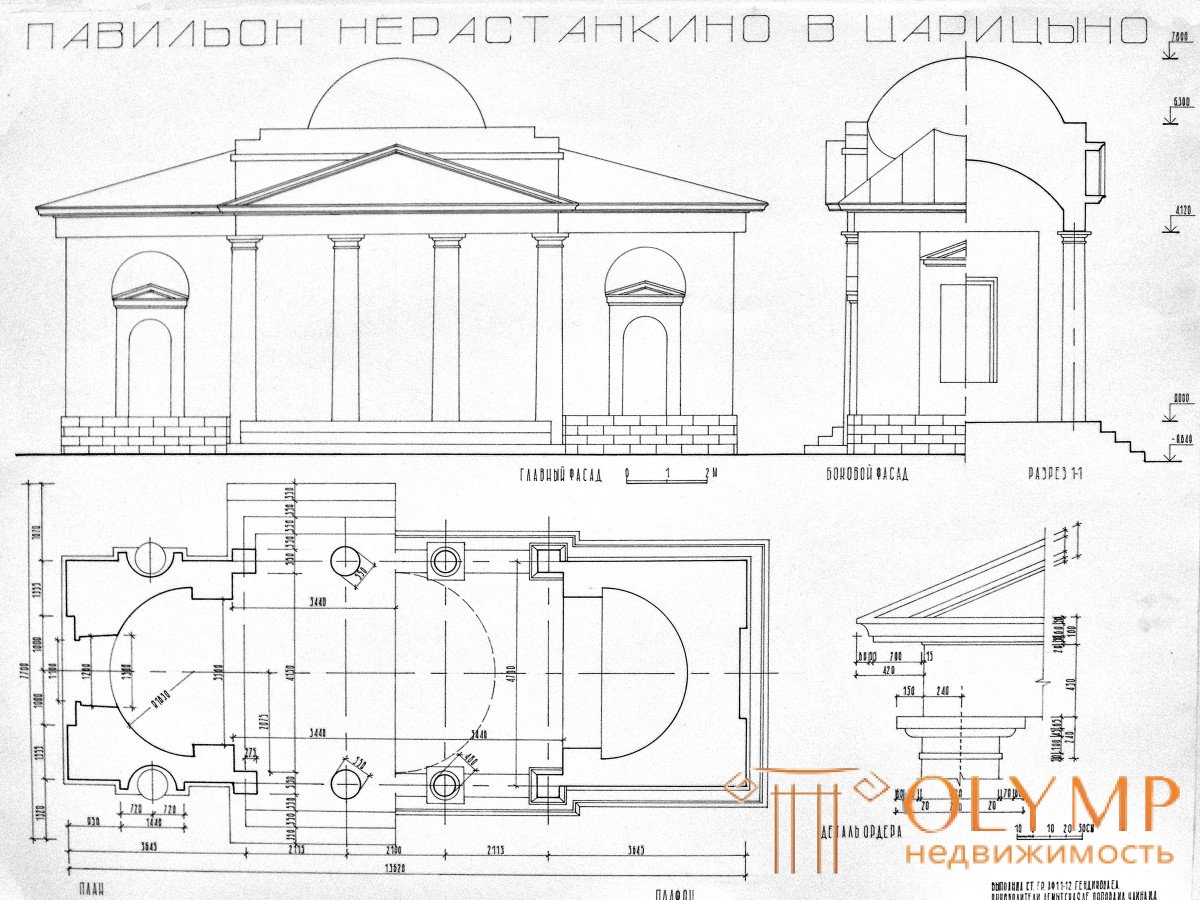
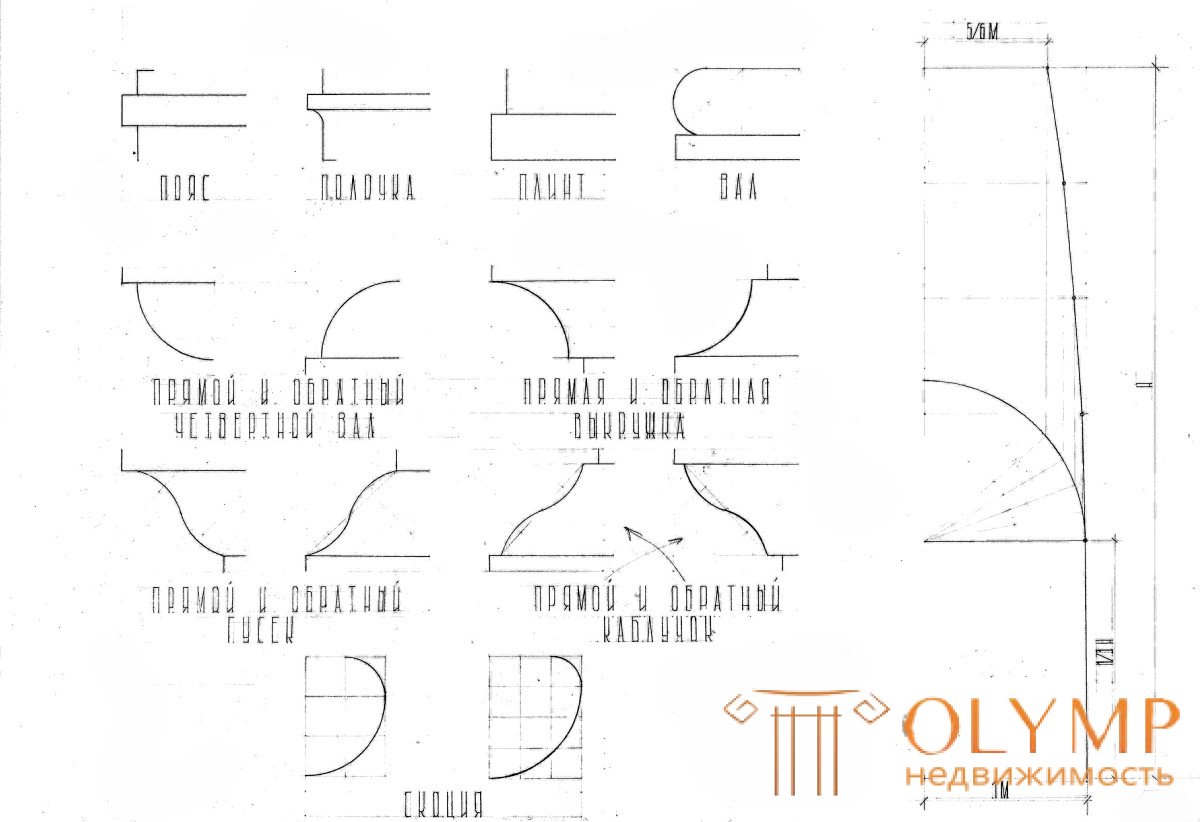

Corinthian order
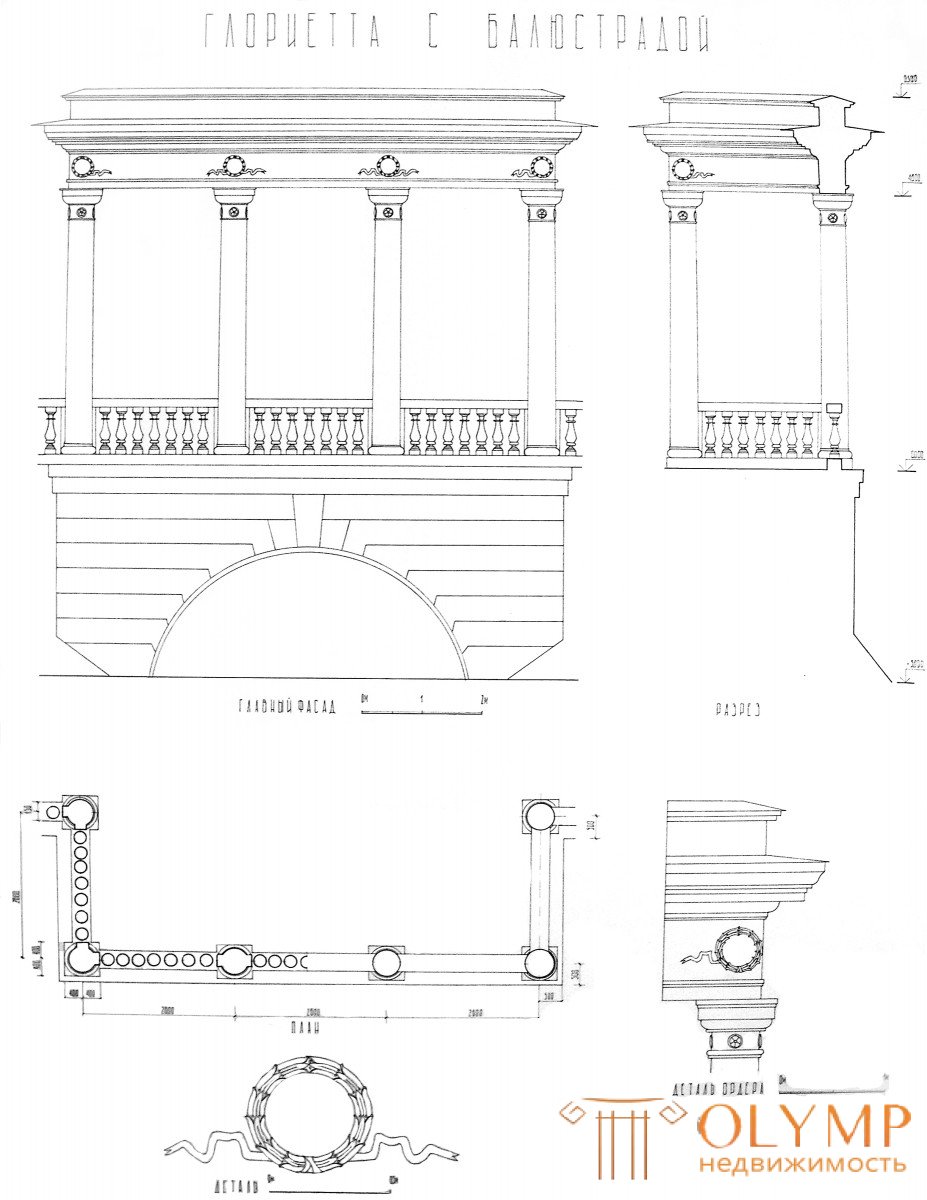
glorietta with balustrade
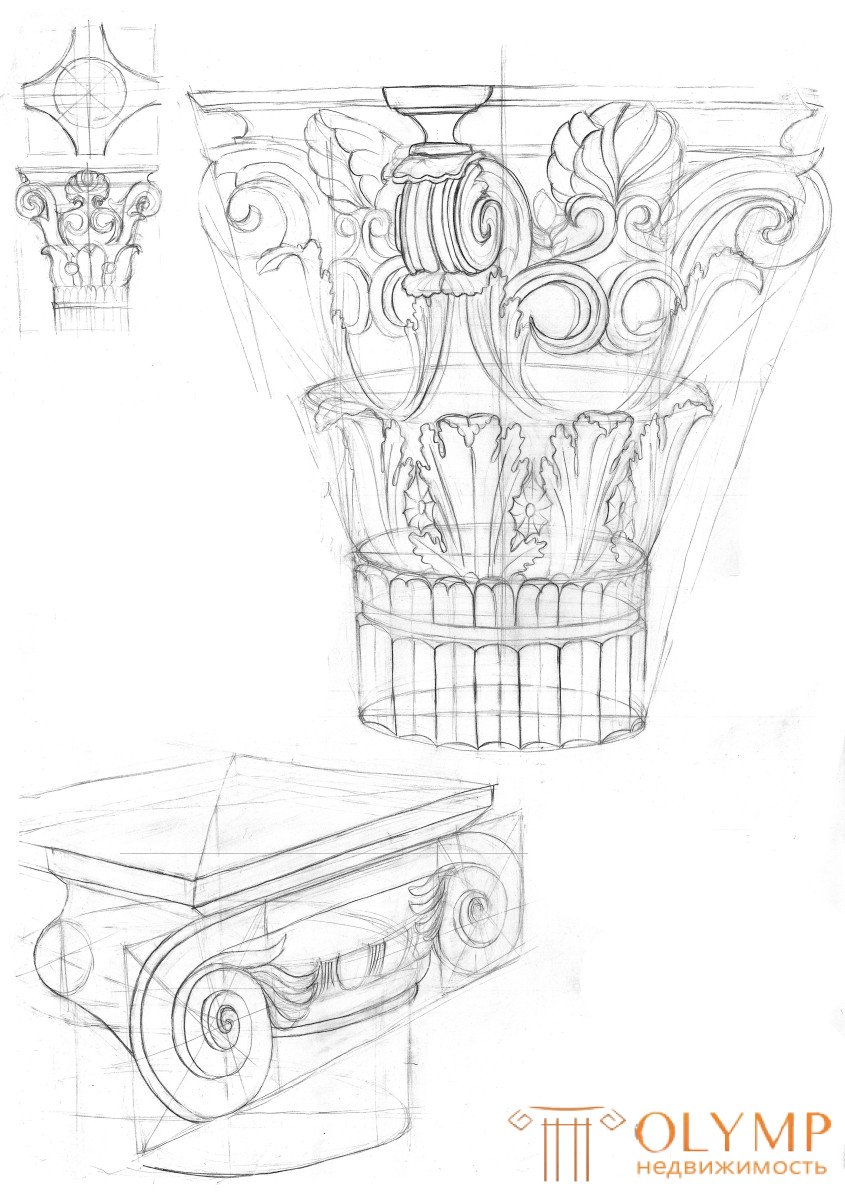
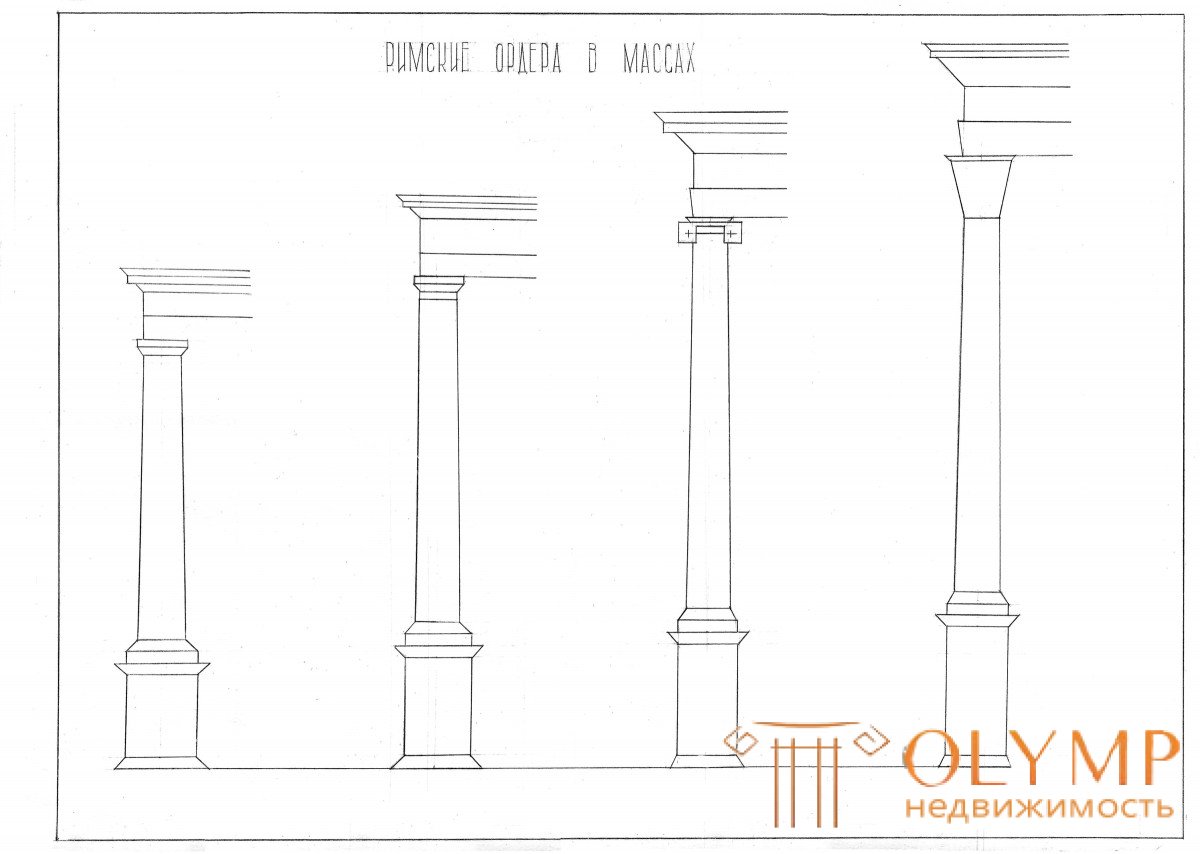
roman mass orders
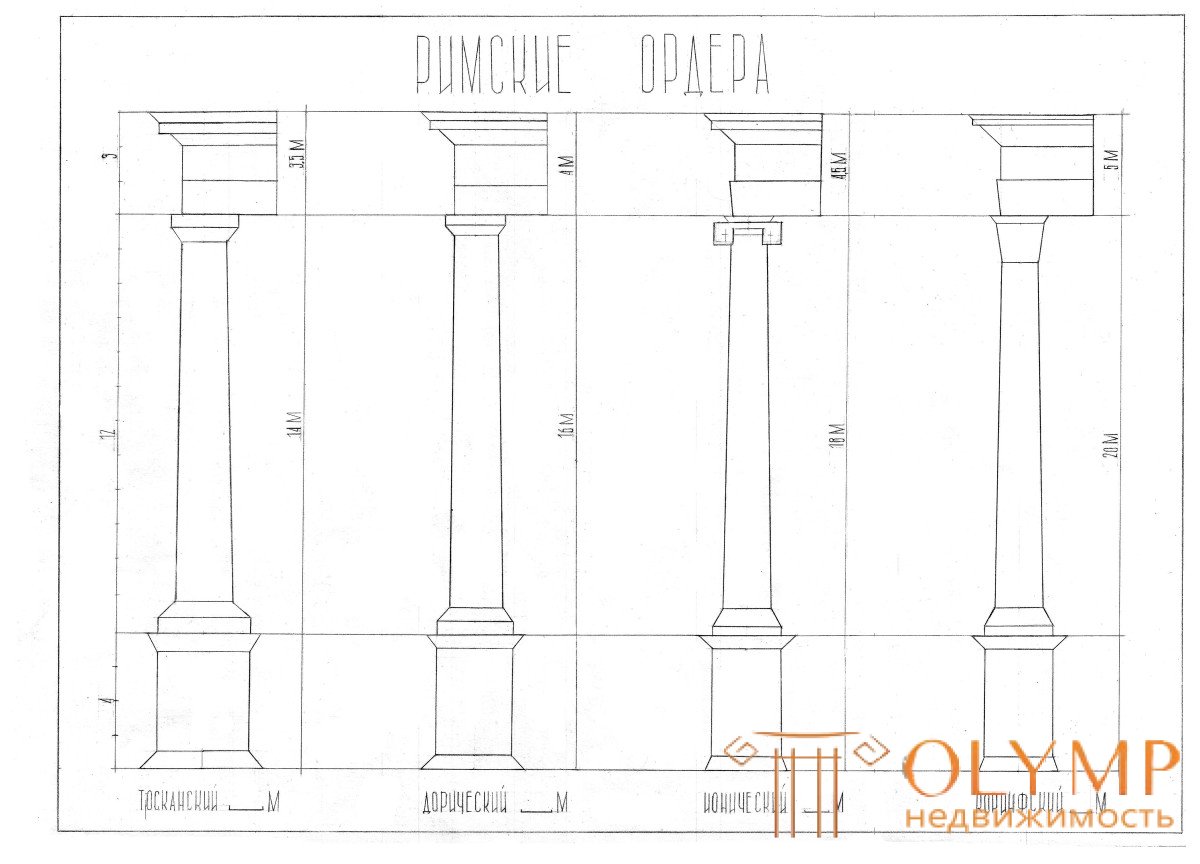
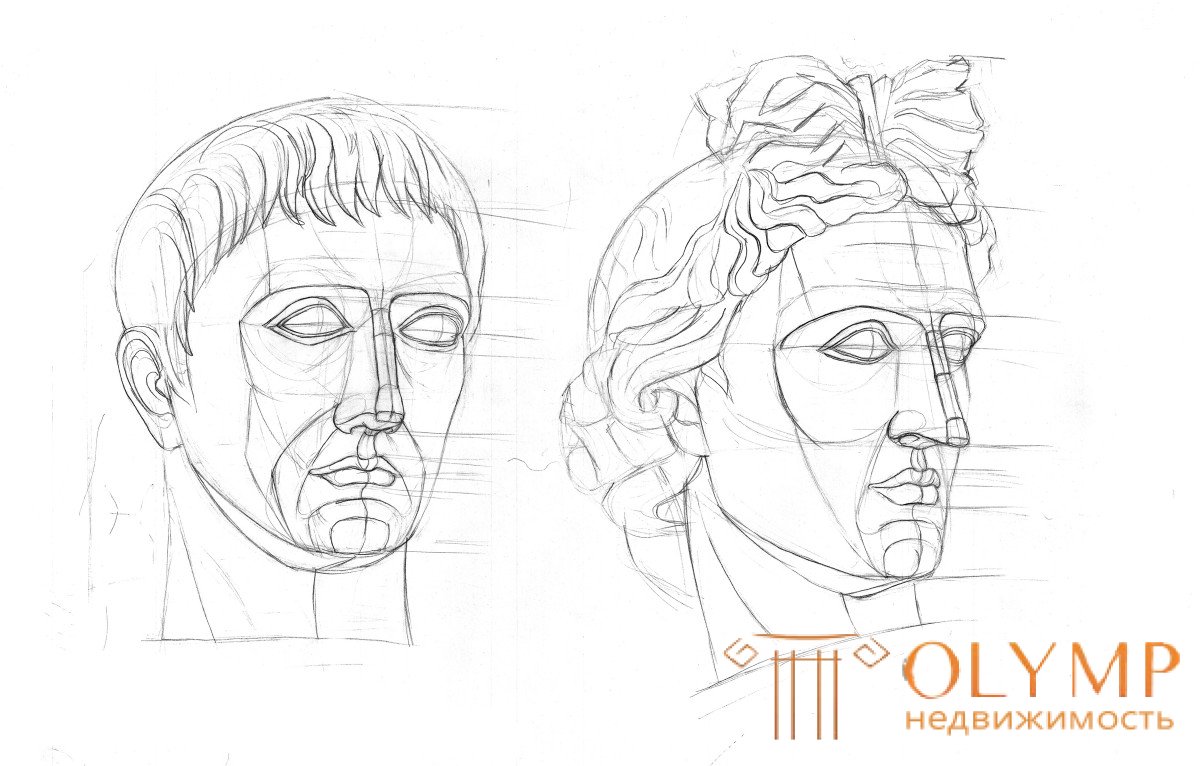
head drawing linear graphics
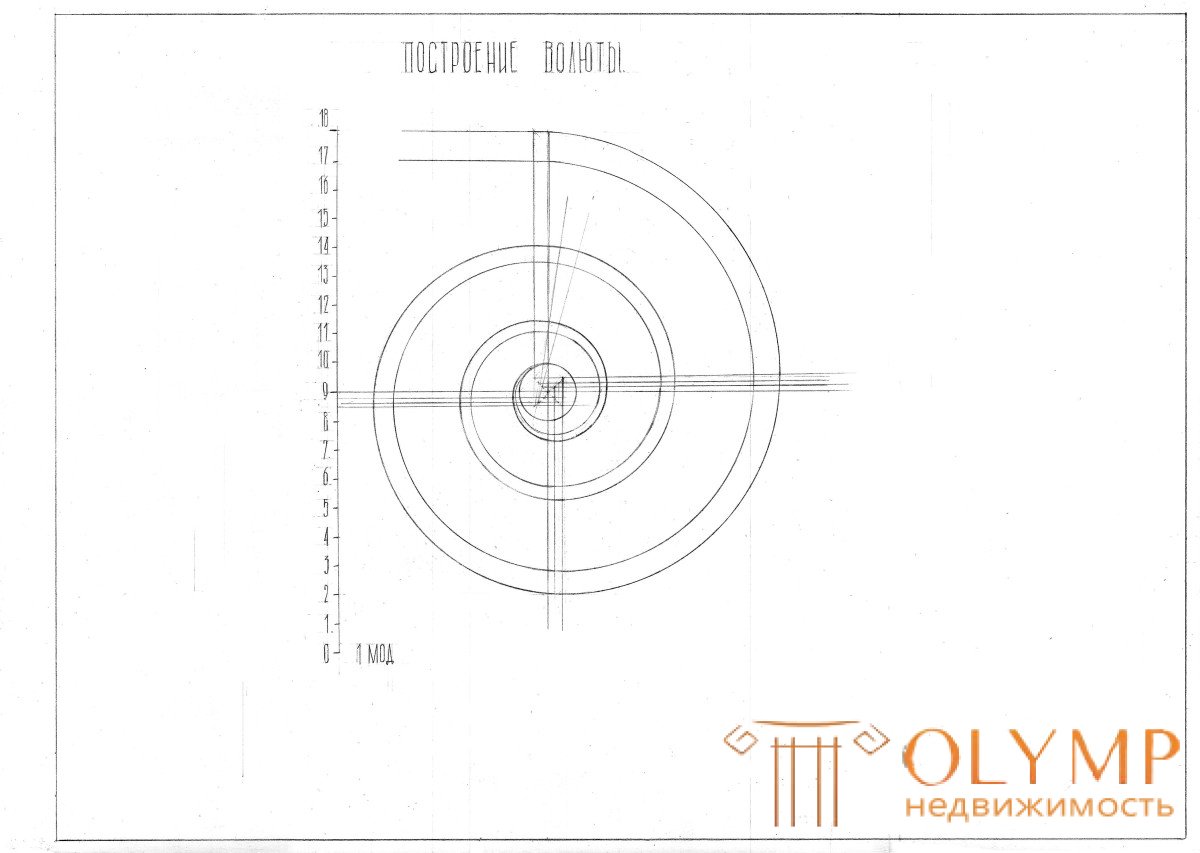
volumetric construction
Что бы оставить комментарий войдите
Комментарии (0)